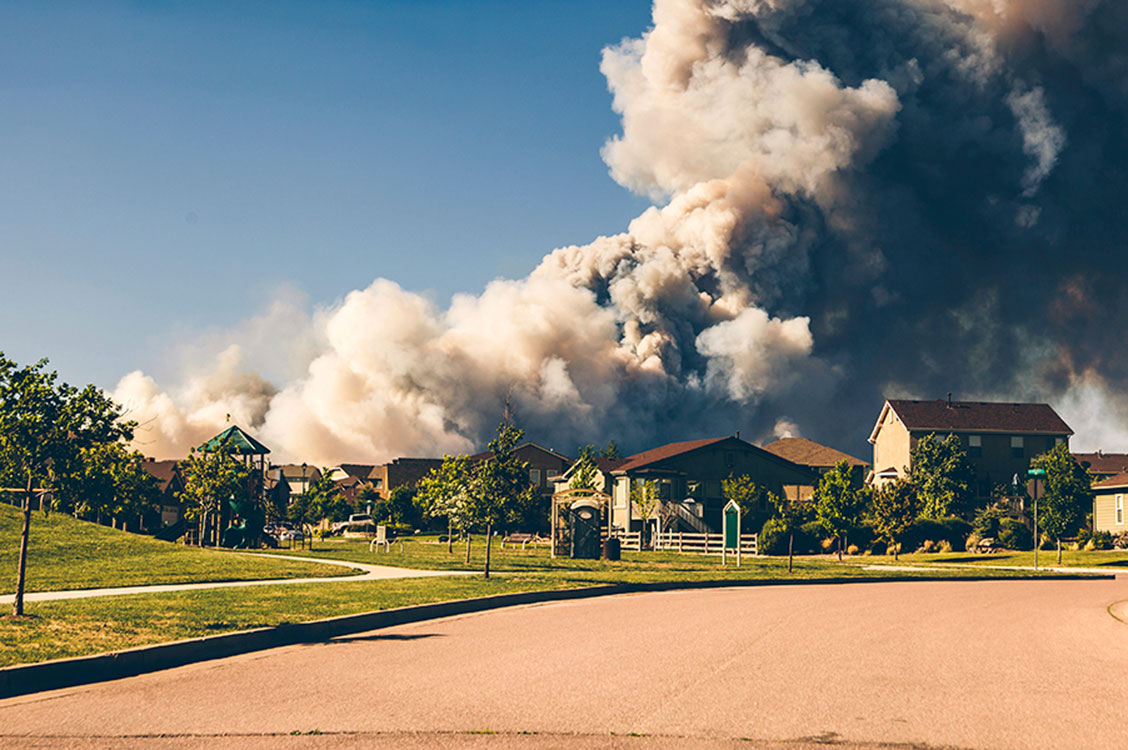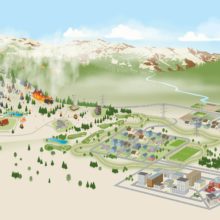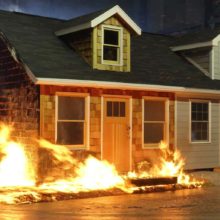During the coming months many communities will be faced with the unprecedented challenge of managing wildfires and other disasters during a pandemic.
While local governments, the healthcare sector, and first responders race to address the urgency of the coronavirus, individual homeowners practicing stay-at-home measures can take immediate steps to reduce wildfire risks to their home and property.
COVID-19 and Wildfire Response
The wildfire season, coupled with the COVID-19 crisis, will test the capacity and resolve of our country’s disaster management services, healthcare sector, and firefighting forces. Complying with pandemic containment measures requires the reevaluation of the entire incident management system, from the social-distancing of firefighters to evacuation and relief protocols for displaced homeowners.
Mutual aid agreements—which allow for the sharing of personnel, equipment, vehicles, and aircraft between different fire districts, jurisdictions, and land management agencies—will need to be reassessed in lieu of the coronavirus.
Firefighting Resources Are Strained
At the most essential level, the COVID-19 crisis has significantly strained personnel and the supplies of resources, medical supplies, and personal protective gear needed for disaster response. The widespread shortage of masks, ventilators, shields, and other medical equipment will be exacerbated by the wildfire season.
Hospitals are nearing capacity with overcrowded, understaffed, and ill-equipped emergency rooms. Recent research by Headwaters Economics and High Country News found that nearly 2 million people 65 years and older live in a county with no hospital beds. Across the country, impromptu hospitals are being erected in gymnasiums, hotels, conference centers, field tents, Navy ships, and other makeshift facilities.
Homeowners Can Reduce Wildfire Risks While Sheltering in Place
The coronavirus pandemic is forcing agencies and organizations to re-strategize how to respond and deal with wildfires. Now is the time for individual homeowners, neighborhood associations, and local organizations to take preventative steps to protect their homes from wildfires.
For example, homeowners living in wildfire-prone areas can carry out simple mitigation measures to make homes more wildfire-resistant and reduce wildfire risks:
- safely store combustible material like firewood away from the home;
- trim trees and prune low-hanging branches;
- mow and reduce vegetation within 100 feet of any structure;
- replace bark mulch with rock mulch within five feet of the home;
- remove leaves, dead vegetation, and debris from gutters and roofs;
- develop an action plan for quick evacuation and agree on pre-determined meeting locations with family;
- assess the home for opportunities to harden eaves, vents, decks, roofs, and siding with ignition-resistant building materials.
The new Wildfire Risk to Communities website offers a wealth of resources for local leaders, community planners, and fire managers. The website features interactive maps and data about community wildfire risk and provides detailed information about wildfire risk to homes and vulnerable populations in any selected community. Proven methods to reduce risk are also offered.
At a time when it seems that much is out of our control, it is reassuring to know that performing relatively simple mitigation measures can reduce wildfire risks to our homes and communities. Not only will these actions benefit ourselves—they will also benefit our neighbors, first responders, and the healthcare system and help to reduce the potential for the double crisis of wildfires during a pandemic.
Additional Resources for Home Wildfire Preparedness
Interactive maps, data, and resources to help communities understand, explore, and reduce wildfire risk.
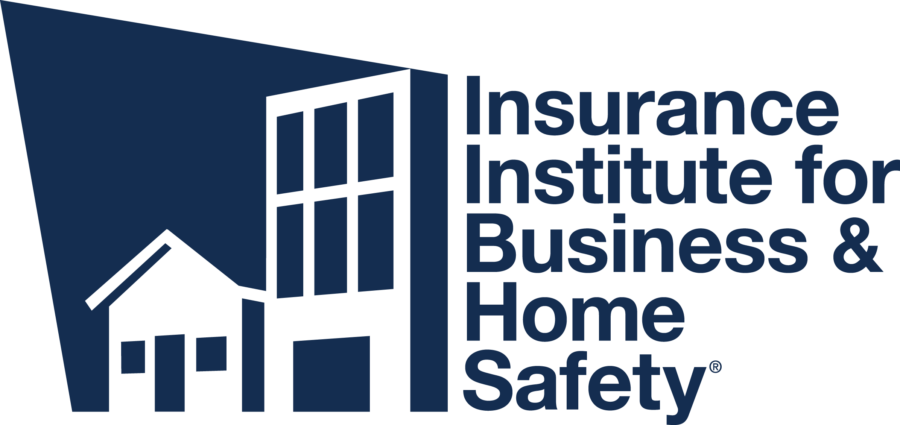
Weekend wildfire preparedness projects from the Insurance Institute for Business & Home Safety.
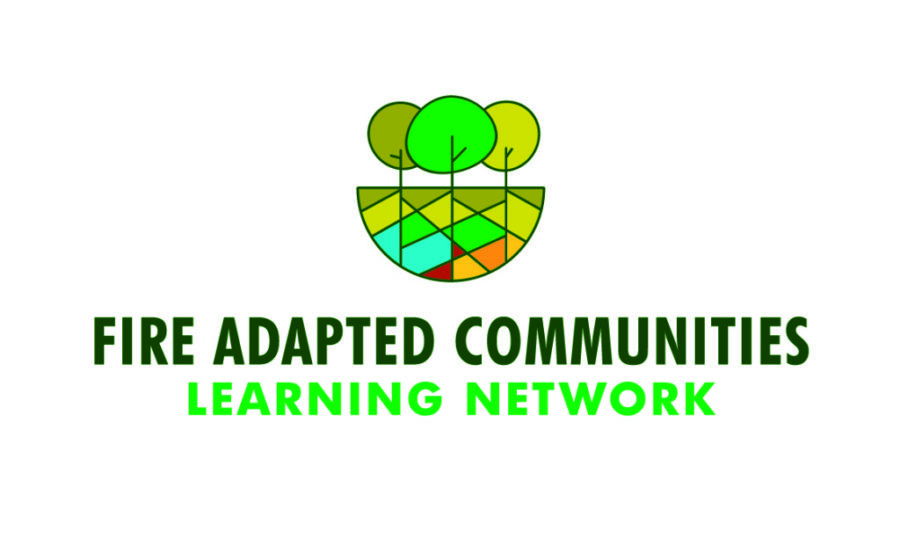
Self-assessment tool from the Fire Adapted Communities Learning Network.
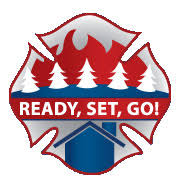
Personal Wildfire Action Guide from the Ready, Set, Go! program. Also available in Spanish for individual states.
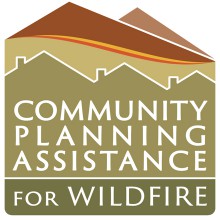
Resources and materials from the Community Planning Assistance for Wildfire program.
